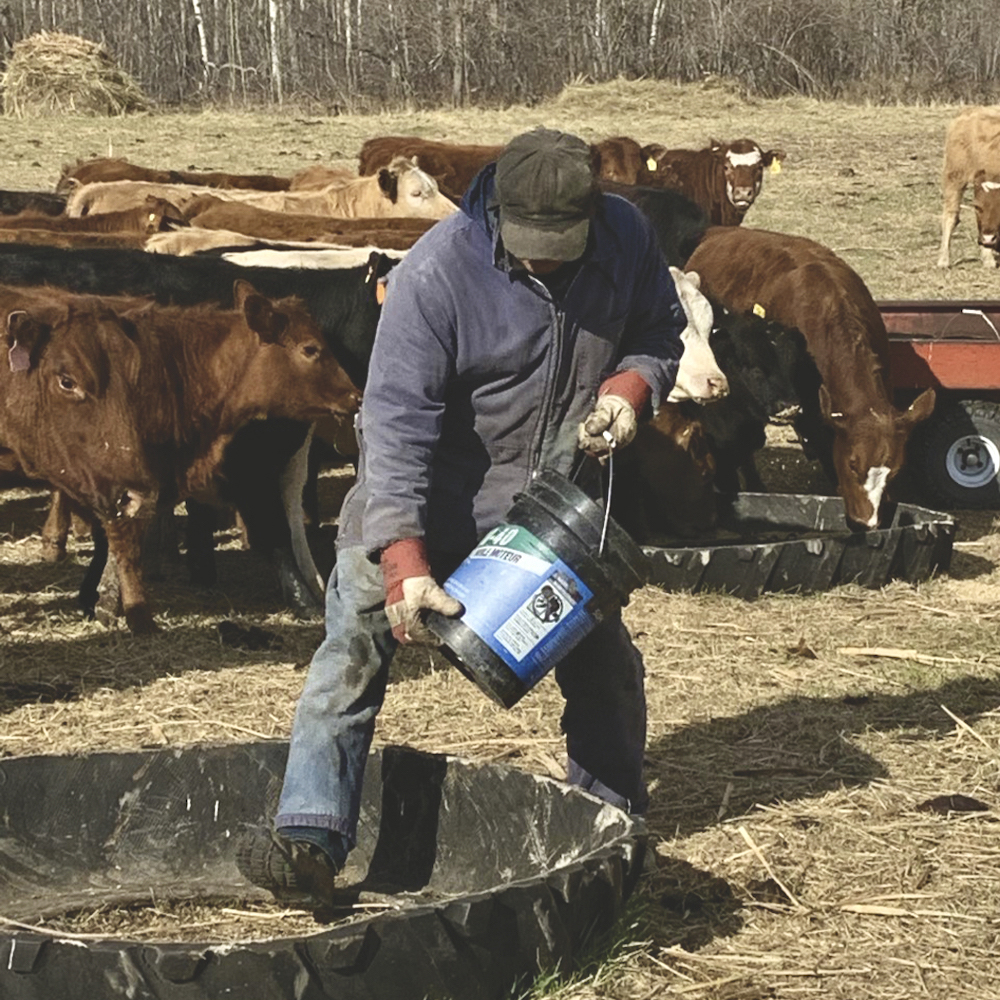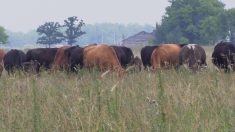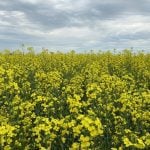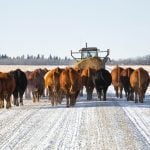If last year was the bomb dropping, this year saw the aftermath.
Farmers started the year by coming off one of the worst and widespread droughts in decades. For younger producers who weren’t farming in the 1980s, it was probably the worst drought they’ve ever seen. There were heartbreaking stories of herd dispersals, feed shortages and sold breeding stock in the livestock sector.
In the grain sector, yields suffered and drought-related agronomic issues were top stories.
Read Also
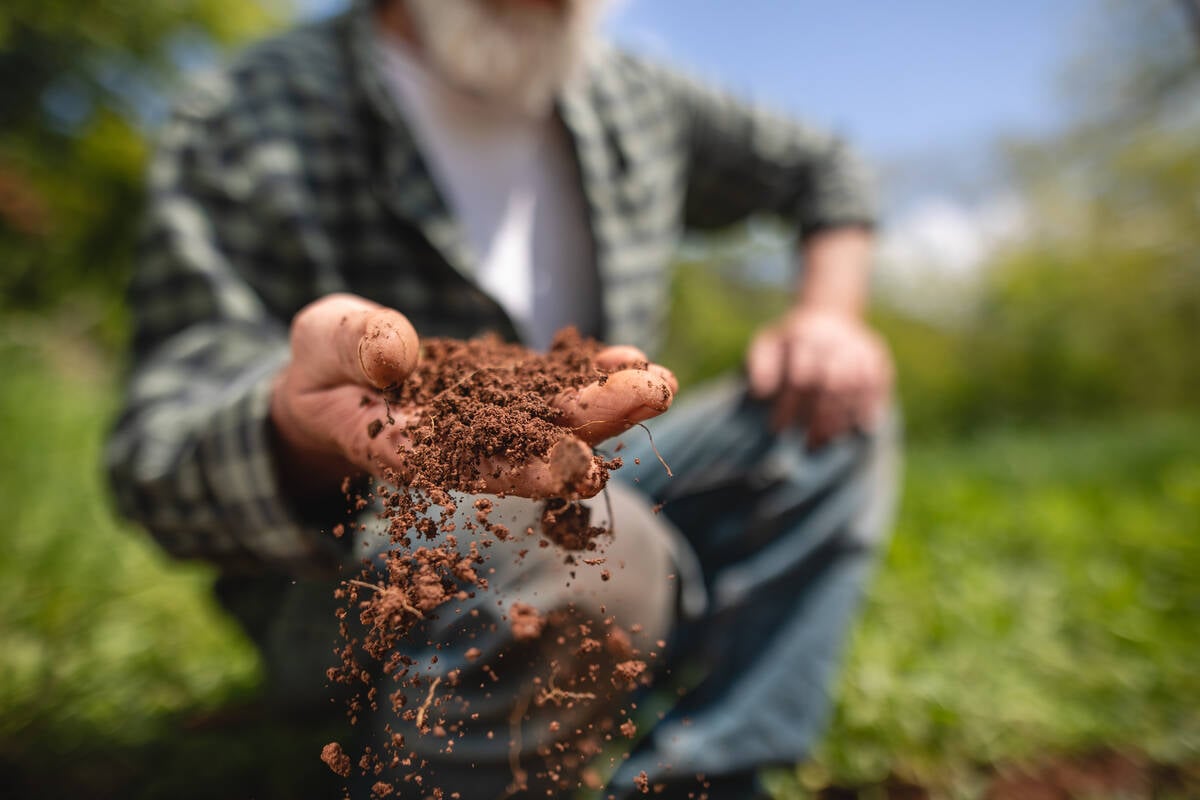
Finally getting paid for sustainable farming?
Alberta project says they might have a line on a workable ecosystem credit model to reward farmers for sustainability, and Manitoba might be next
In 2022, the old maxim seemed fitting: In Manitoba, pray for rain on only one knee.
It had been a heavily snowy winter, capped by three Colorado lows just as the province was starting to think about spring. Bad weather came right in the middle of calving for some of the largest cow-calf producers in the province.
Kirk Kiesman, manager of the Ashern Auction Mart, later estimated that producers in his area lost an average of 15-20 per cent of their anticipated calf crop.
Weeks later, big patches of Manitoba looked more like a flashback to pre-historic Lake Agassiz than the bone-dry plains of the year before. Flooding and excess moisture left grain farmers on the wrong foot. Ranchers scrambled to relocate cattle and transportation was thrown into brief chaos.
The rest of the season had its silver linings. Dry hay had been a challenge for forage growers, thanks to ongoing rain, but biomass in fields and pastures finally rebounded.
With some exceptions, crops bounced back despite a late start. The last Manitoba Agriculture crop report of the year said yields were good or better than expected for soybeans, wheat, corn, corn silage and the peas that did not drown in spring. Canola suffered due in no small part to flea beetles.
There was also good money waiting for what was produced. Strong grain markets were a theme throughout 2022, and local calf prices also floated well over what producers would have expected last year.
Unsettled conditions
But the boat wasn’t done rocking. Despite better conditions and stronger markets, and despite government programs aimed to help rebuild herds, cattle producers and herd numbers continued to slide.
The sector reported a stream of herd liquidations in Manitoba’s cattle country. Producers cited poor economics, opportunity cost compared to grain and the recent years of hardship. Ranchers from Crown land heavy areas, also some of the hardest hit in 2021, complained that drought, mixed with dramatically higher rent, threatened to be a fatal double whammy, particularly for smaller operations.
Not counting replacement heifers, beef cow numbers in Manitoba dropped more than nine per cent compared to 2019, according to Manitoba Agriculture.
The grain sector was rife with international shock waves. High input prices, market uncertainty and shaky supply chains were a running note for the year.
In February 2022, for example, Bayer declared force majeure on glyphosate, citing production issues. That same month, Russia launched its invasion of Ukraine, a conflict that threw a precarious tone into everything from fertilizer and global grain markets to energy.
All that combined with value chain aftershocks from the pandemic.
For the consumer, 2022 became the year of inflation: more at the gas pump, more at the grocery store, more for everything, and with a growing number of products in short supply.
In the farm machinery sector, manufacturers continued to have issues getting parts and the labour to meet backlogs. New equipment delivery saw serious delays in 2022 and the market tightened for prime used equipment.
Looking at 2023
Internationally, the war in Ukraine still rages and the Mississippi River, vital for continental agricultural goods transport, is at record lows.
On Canadian soil, there is the looming threat of recession and high borrowing costs, with the Bank of Canada’s overnight interest rate sitting at 4.25 per cent. Towering input costs and volatility are once again hot topics of conversation.
On the machinery front, companies are addressing supply chain disruptions and economists project continued recovery. Farm Credit Canada’s 2023 farm machinery outlook indicates that the number of unfilled orders (by dollar value) has peaked, although new equipment supplies will likely stay tight through 2024.
It is also unclear how long the ripples from 2021 will haunt the livestock sector and Manitoba’s cattle sector in particular. Manitoba Beef Producers have a number of files to push, including better business risk management.
The province called for new feedback on the Crown lands system in late fall, also offering three years of rent reductions in hopes of getting ranchers back on their feet. Ranchers welcomed the news and seek longer-term rent relief and other structural changes.


